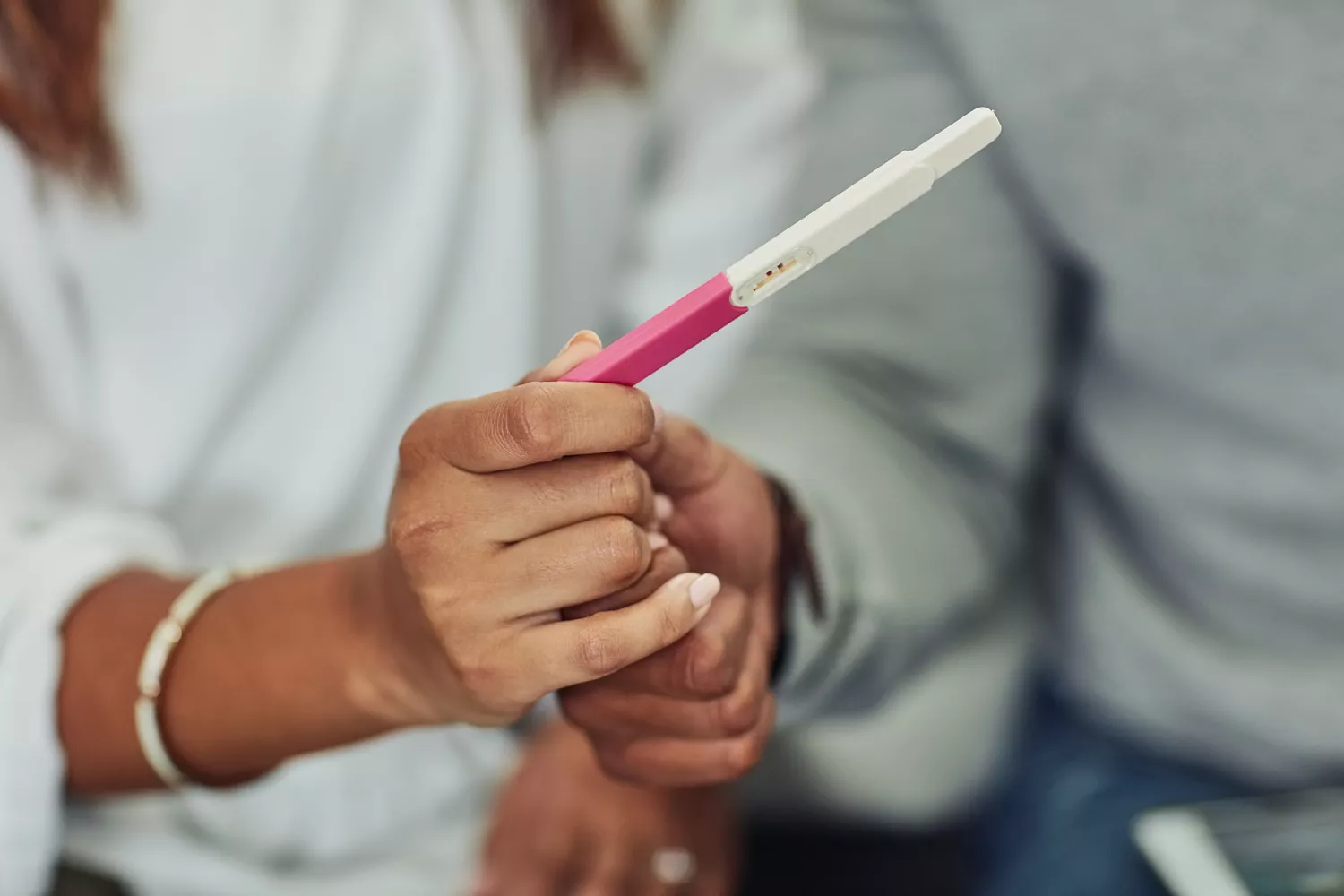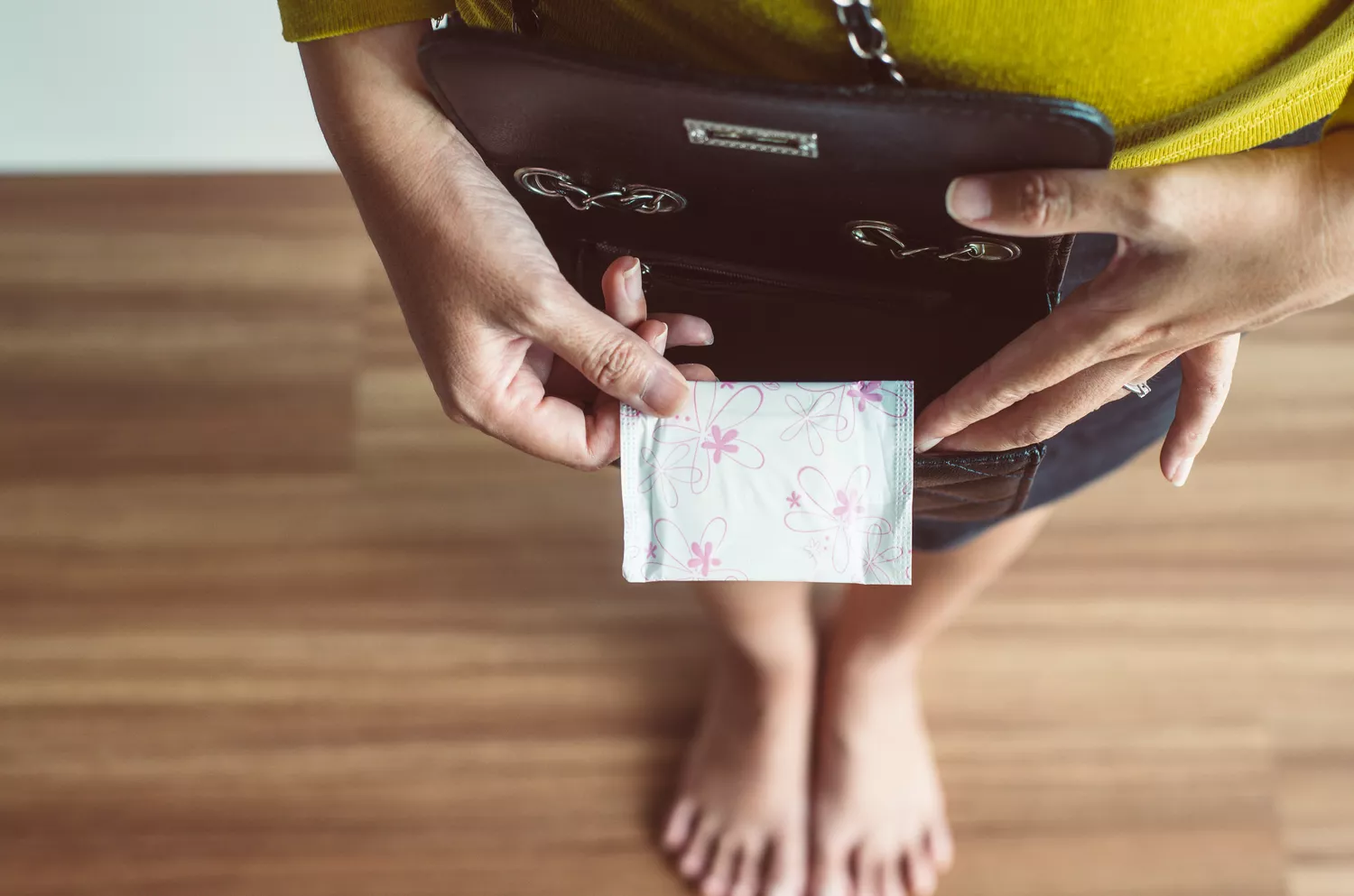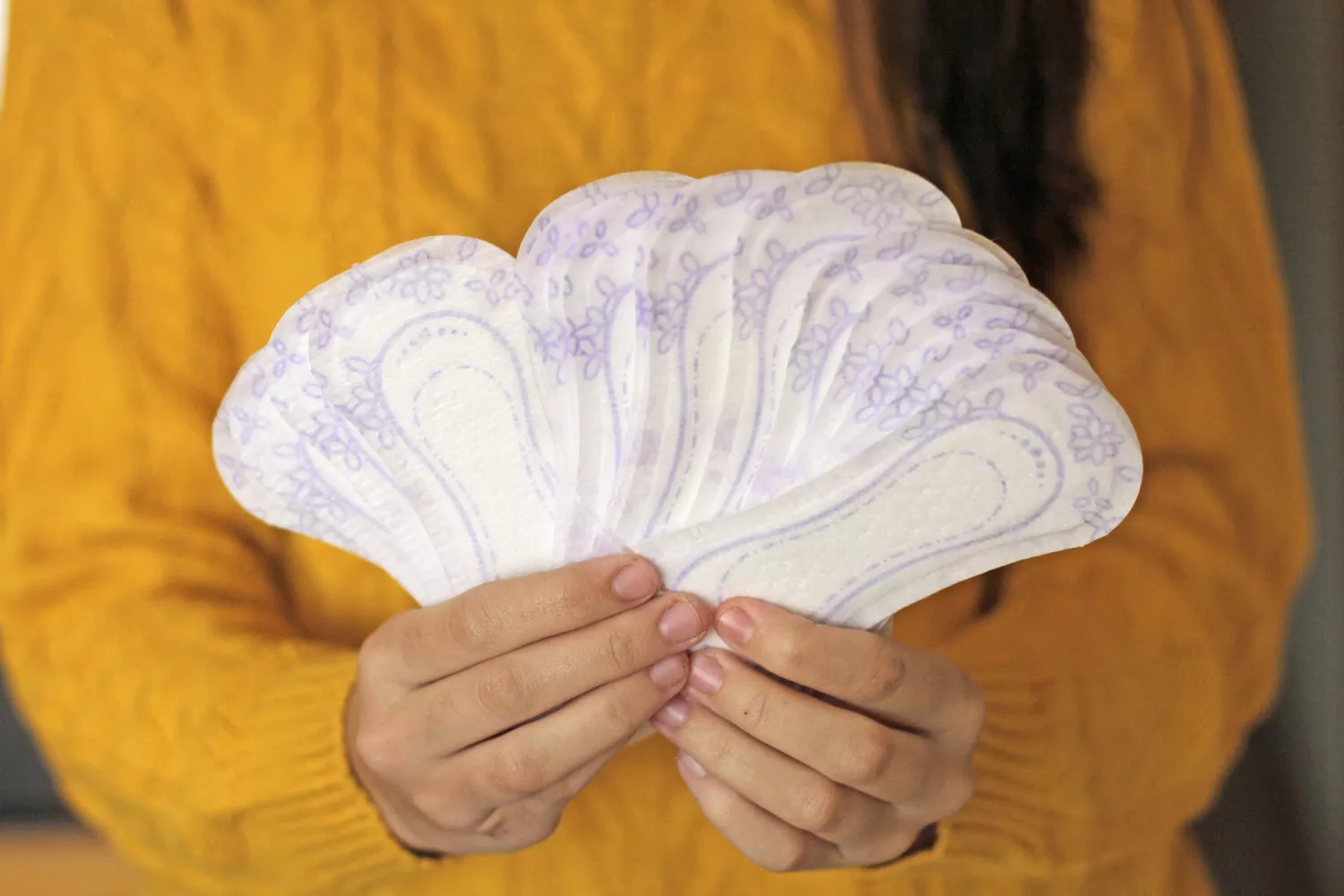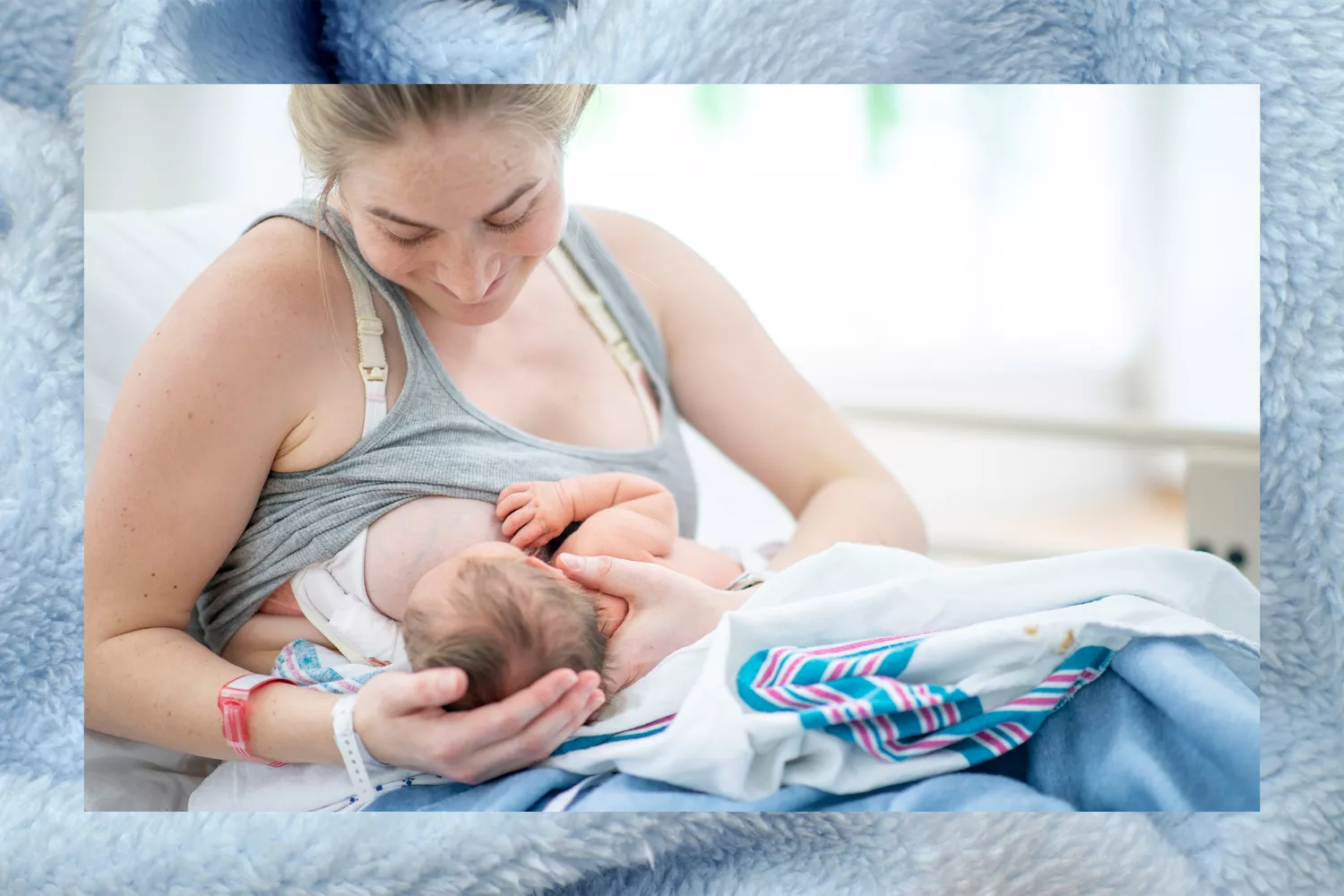How to treat milk blebs on your nipples when breastfeeding
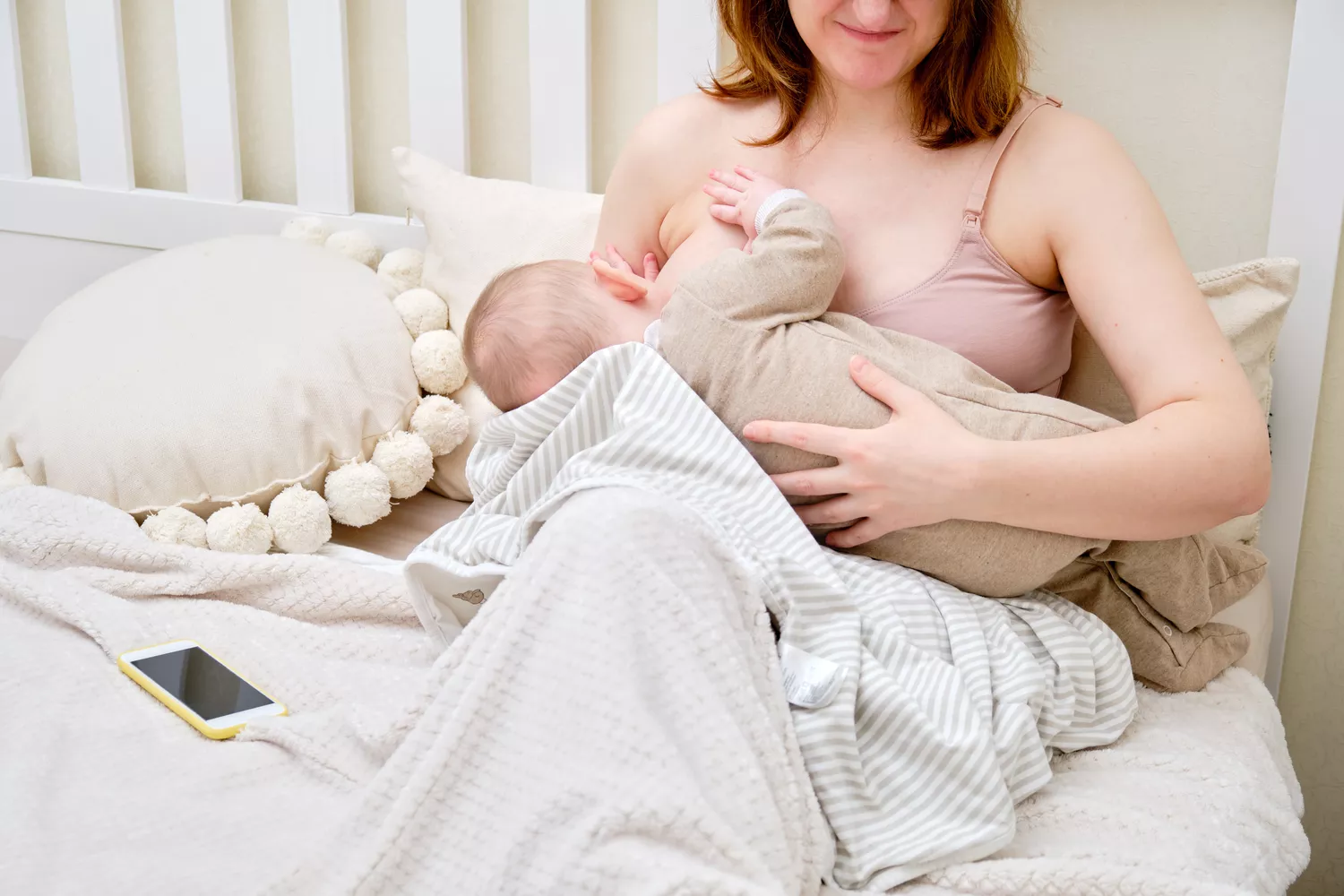

Milk blebs can be a source of discomfort for breast-feeding and chest-feeding mothers. Milk blebs can cause nipple discomfort. 1. Ouch.
You may be wondering what is causing the painful bump on your nipple. You probably want relief most of all. You’re interested in how to remove your milk bleb and prevent future occurrences.
We spoke with a breastfeeding specialist and a lactation expert to get answers to common questions regarding milk blebs and help parents find relief.
Could your baby choke on breastmilk?
What is a Milk Bleb?
A milk bleb can also be called a nipple bump or a nipple swelling. The bumps can be white or yellow and appear either individually or in groups. They can be painful, even though they are small. This is especially true when your baby latches. Some parents may not feel any pain. The milk blebs cover the milk duct. This can cause milk to flow more slowly.
How to Identify a Milk Bleb On Your Nipple
Parents may first notice new nipple pain and then notice the bump. However, sometimes they find the bump randomly if it’s not painful. You may notice a bump first, then new nipple discomfort, or you may find it randomly if the bump is not painful, says Cindy Rubin M.D. I.B.C.L.C., pediatrician at Touch Pediatrics & Lactation.
Kelly Kendall, R.N. I.B.C.L.C. is a lactation consultant and nurse at The Balanced Boob. She explains that some parents may experience nipple pain in a particular area of the breast or an engorgement if milk cannot exit through this nipple. Sometimes a parent who is breastfeeding will be able express a piece of hardened milk that had blocked the nipple hole. She adds that the parent’s skin can also grow back to block the nipple pores due to inflammation.
What causes a milk bleb?
In the past, it was believed that blisters are caused by milk backing up behind your nipple. While an excess of milk may be the reason for milk blebs in some cases, the Academy of Breastfeeding Medicine has found that inflammation and biofilms are the main causes.
Dr. Rubin explains that “Nipple Blebs” are usually the result of a sticky substance known as a “biofilm”, which gets pushed from the milk ducts. This forms a white layer on the nipple. Biofilm can be formed by normal bacteria in the breasts, but they can sometimes go into hyperdrive. The biofilm can become thicker and cause more problems. Dr. Rubin says that biofilm is more likely when a parent is body-feeding and has a high milk production, is an exclusively pumper or is suffering from mastitis or blocked ducts.
Kendall says that inflammation is also a factor in milk blebs. She explains that “this inflammation narrows the opening of the nipple, which can lead to a back-up of milk as well as a disruption in the microbiome” (or bacterial equilibrium) of the duct/nipple. “Blebs” are a superficial manifestation of what is happening deeper within the breast when there is a clog.
Learn All About Your Milk Supplies
How to Get Rid of Milk Blebs
According to Dr. Rubin, if you are lucky, the milk bleb will resolve itself over time. ABM says that milk blebs usually resolve themselves over time.
You can relieve symptoms if you are experiencing discomfort or pain. Topical treatments, such as a steroid lotion, can be helpful. A steroid cream can reduce inflammation locally and help a bleb disappear more quickly. However, a doctor would have to prescribe it and you’d need the assistance of a medical professional who is trained in breastfeeding.
Kendall says that a saline solution can also work wonders. She recommends a saline solution of 1/4 teaspoon salt in 1 cup of warm water to soften a blocked nipple. Kendall suggests applying coconut oil or olive to a cotton ball and rubbing it on your nipple. This will soften the area around the bleb. Speak to your doctor about how you can safely perform these treatments while breastfeeding.
Dr. Rubin says it’s important to also treat the condition causing the milk bleb. You may need to regulate your milk production or reduce it if you’re overproducing. She says that you may also want to consider pumping less or switching from direct nursing to more direct breastfeeding, if this is possible. Consider contacting a lactation consultant or breastfeeding counselor, as well as your health care provider, if you need assistance with any of these situations.
Can I pop a milk bleb?
Many parents are tempted to pop milk blebs because they look like blisters. This was often suggested in the past. This is no longer the case. It is no longer recommended by ABM or most lactation professionals.
Dr. Rubin says that despite the temptation, it is not a good idea to try and pop a nipple bump yourself. It might temporarily relieve you if there is a blockage, but popping the bleb can make the problem worse. It could cause infection, inflammation or scarring to the nipple.
When to Consult a Healthcare Provider
If you have a milk bleb, don’t be afraid to contact a lactation specialist, breastfeeding medicine expert, or health professional for help. Kendall says this is especially true if you are unable to get rid of your bleb with home remedies or if it keeps returning after being resolved.
An OB-GYN, midwife, or health care provider can also recommend prescription-strength steroid ointment that can help you tackle the problem (plus give tips on safely nursing when using the cream). A lactation specialist may also be able to help you with breast milk oversupply or other feeding issues that could be contributing your milk bleb.
Takeaway:
Breast or chest feeding can cause milk blebs, which are an unwanted side effect. These small, white or yellow bumps can cause discomfort and pain. Milk blebs can be caused by a variety of things, but they are usually due to “biofilm” and inflammation. It may be tempting to pop the milk bleb but you should not. Instead, contact a lactation specialist, breastfeeding expert, or healthcare provider for more guidance.


